Most households are keenly aware of how inflation hits them in the grocery store. During periods of high inflation, the cost of many consumer goods heads higher—and $50 suddenly buys a little (or a lot) less than it did months, weeks, even a few days ago.
But sometimes, consumers suffer from a more insidious pinch on their wallets: shrinkflation.
Have you ever gone to the store, picked up the same bag of chips you always do, then suddenly thought to yourself, “This seems a little smaller than the one I bought last time”? In some cases, that’s not your imagination—rather than charging you more for the same amount of product (inflation), the company kept costs level but gave you less product (shrinkflation).
Simply being aware of where shrinkflation is happening can help you make better personal finance decisions—you’ll shop smarter when you know that price isn’t the only way companies are trying to squeeze you. So read on as I show you some of the biggest shrinkflation offenders of the past year or so, then discuss a few ways you can battle rising costs and shrinking products.
14 Shrinkflation Offenders
Shrinkflation is also referred to as “package downsizing” or the visually amusing term “grocery shrink ray.” Whatever you call it, it’s a weight on consumers’ backs, and it happens more often than we’d like to think.
Companies typically raise prices to keep their profit margins aloft amid higher raw materials prices and rising production costs. But they sometimes go the shrinkflation route because it ruffles fewer feathers while keeping sales volume aloft.
Consumers are quite sensitive to increased costs, so they’re pretty quick to notice when a brand starts raising prices. They’re less likely to see that their package of Oreos has two fewer cookies, that their ice cream cartons are a couple ounces lighter, or that their toilet paper rolls have shrunk by 25 sheets.
Case in point: The following 14 shrinkflation offenders are just a small sample of consumer products that aren’t quite as big as they used to be.
1. Toilet Paper
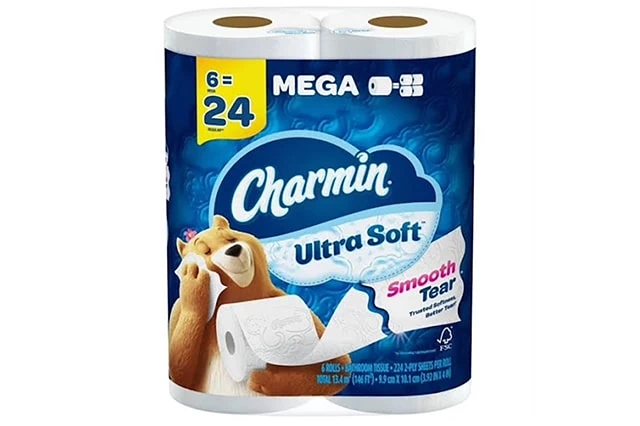
Have you had to buy toilet paper more often? Chances are, a stepped-up BM schedule isn’t to blame.
Toilet paper is frequently subject to shrinkflation. For instance, Charmin’s Mega package of Ultra Soft toilet paper currently offers six rolls at 224 two-ply sheets per roll. That’s down from 244 sheets in 2022, and that’s down from 264 sheets a year or two before that. That’s roughly 15% less per roll in just a few years—and particularly for large family, a need to stock up much more often.
Worse still: The cost hasn’t even remained level. Last year, a six-pack at Target cost $7.59; as of this writing, the price had risen to $7.99. (To be fair, though, some percentage of any good’s rise in price might be attributed to the retailer.)
Related: Frugal vs. Cheap: What’s the Difference?
2. Chips
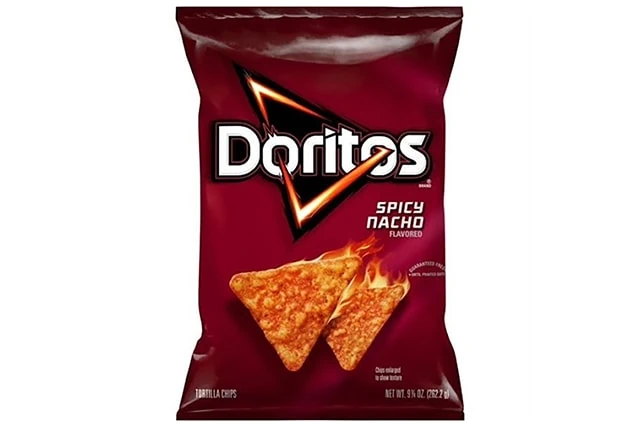
If you like to munch on chips, you’re probably a frequent victim of shrinkflation. Almost everyone who loves the crunchy snack has opened a bag and scowled at the giant “air gap” and meager contents. In individual bags, you might end up with just a handful of chips.
It’s great if you want a smaller waistline, but it’s bad for budget-conscious snackers.
Frito-Lay actually confirmed the practice to Quartz in 2022, with a representative telling the site, “Inflation is hitting everyone … we just took a little bit out of the bag so we can give you the same price and you can keep enjoying your chips.”
Not that the practice did anything to dent sales. Frito-Lay’s Doritos brand was the top tortilla chip vendor in 2023, selling 1.13 billion units; Frito-Lay’s Tostitos were a (distant) No. 2 at 376 million units.
Related: Consumers Should Avoid These 10 Products at Walmart
3. Cake Mix
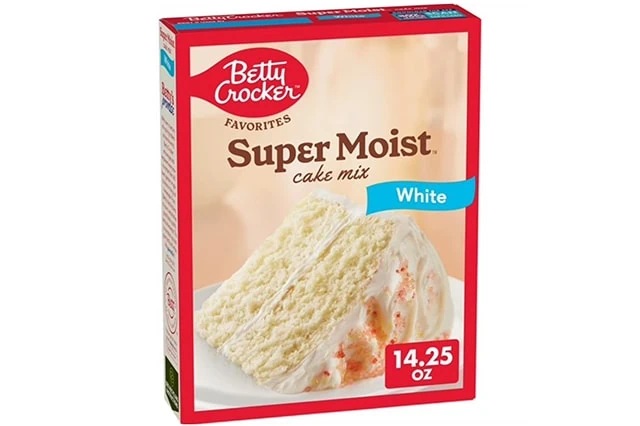
In November 2023, Texas bakery owner Malina Lee was the first to bring public attention to how Betty Crocker reduced the contents of its Super Moist White boxed cake mix from 16.25 ounces to 14.25 ounces. However, the boxes kept the same instructions for items to add to the mix—and the end result was noticeable. Specifically, both the texture and the flavor of finished cakes using the mix changed.
Business Insider reached out to a Betty Crocker customer-care representative who confirmed the change and stated “keeping our products affordable” was important to the brand.
While shrinkflation in general is consumer-unfriendly, this is a particularly pernicious version in that they’re not just giving you less—they’re ultimately changing the end product. It’s like tweaking the formula of Coke.
Related: The Pink Tax: Why Being a Woman Is So Expensive
4. Baby Wipes
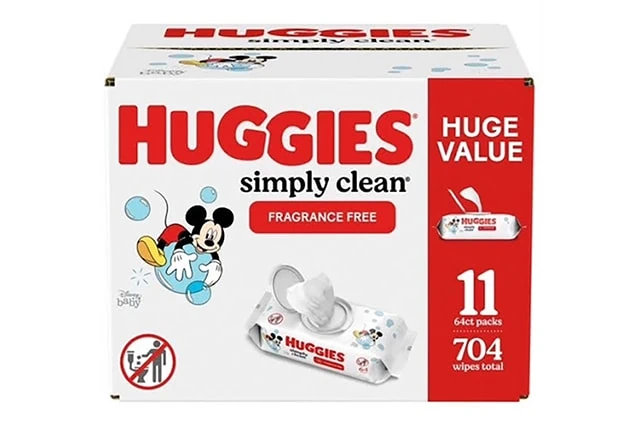
Shout-out to MousePrint.org for this discovery, which shows that no age group is immune to shrinkflation.
Take Huggies Simply Clean Fragrance-Free baby wipes, which once boasted a dozen 64-count packs (768 wipes) but dialed that number back to 11 packs, bringing the grand total down to 704 wipes—or 64 fewer wipes.
Babies themselves can’t complain about it, but parents won’t enjoy needing to stock up on wipes more often. (They also won’t enjoy the newfound irony behind the box’s “HUGE VALUE” branding.)
Related: 10 Items You Should Always Buy New
5. Pet Food

Animals? Sadly, they can’t avoid shrinkflation, either.
Whiskas cat food is among the brands that have reduced portions while keeping the price roughly the same. Specifically, in early 2023, Whiskas pouch sizes were reduced from 100 grams (roughly 3.5 ounces) to 85 grams (roughly 3 ounces).
That could leave some cats unsatisfied, and the last thing you want to deal with is a cranky feline.
Related: Always Buy the Cheapest Versions of These Products
6. Coca-Cola Products
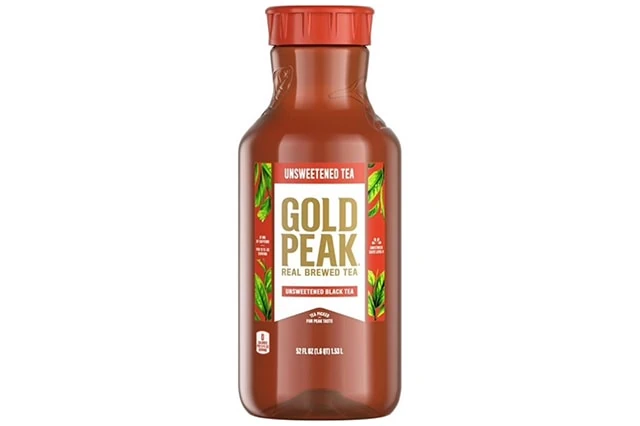
Coca-Cola products are hardly limited to just Coke and Diet Coke. The company owns more than 400 brands in over 200 countries, spanning sodas, juices, teas, coffees, and more. And the company’s representatives aren’t shy about shrinkflation—they’ve outright told investors that it’s part of their current strategy.
“One of the recession behaviors tends to be to try and reduce the dollar outlay of the basket and therefore the price point becomes even more important than the price per liter,” Coca-Cola CEO James Quincey said during a 2022 investor and analyst call. “So around the world, that’s absolutely what we’re pursuing, whether it’s in the U.S., having smaller bottles or smaller multipacks.”
For example, two years ago, Mouseprint.org showed how Gold Peak tea went from 64 fluid ounces down to 59. And it has shrunk even more since then, all the way down to 52 fluid ounces! That’s a nearly 20% reduction in just two years!
Of course, Coca-Cola doesn’t back down from good, old-fashioned inflation, either. In February 2023, Quincy said that because its classic Coke and Fanta sodas had topped the beverage category, they had “earned the right” to jolt prices even higher.
Related: Drip Pricing: How You’re Being Tricked [And How to Stop It]
7. Gatorade
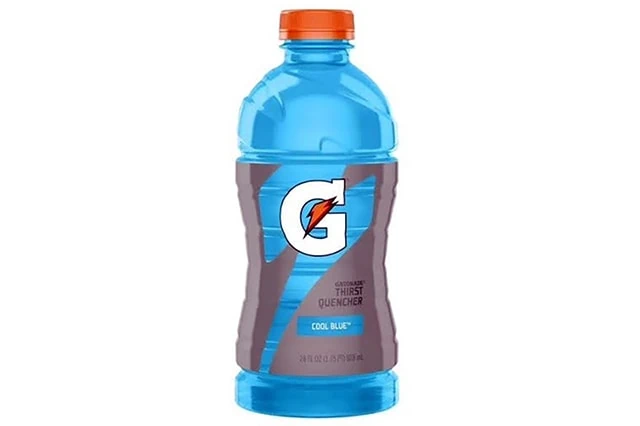
“Gatorade not only quenches your thirst better; it tastes better, too!”
Well, bad news for The Waterboy’s Coach Klein: Your sports drink has shrunk, too. Between 2021 and 2022, a standard bottle of Gatorade went from 32 ounces to just 28 ounces—without any concurrent price reduction.
A company representative told Quartz that “we redesigned the bottle, it’s more aerodynamic and it’s easier to grab,” and that the redesign made the bottles a little more expensive—though a marketing professor called shenanigans on a redesign having much financial impact.
Regardless, consumers are stuck with it. But at least they’re, um, generating less drag as they move the bottle toward their mouth?
Related: The 13 Best Mutual Funds You Can Buy
8. Coffee

Many people are practically zombies until their morning coffee caffeine jolt has kicked in. Well, watch out for “walkers,” because you’re now getting less java for your buck—which to me sounds downright dangerous.
One noteworthy culprit is the highly popular Folgers brand. Buyers used to get 25.4 ounces in a container of ground Folgers, but that has been whittled away to 22.6 ounces. (Someone should let the label designers know—the packaging still insists the container will yield 210 cups of coffee. Weak!)
Related: The 10 Best Vanguard Index Funds You Can Buy
9. Oreos
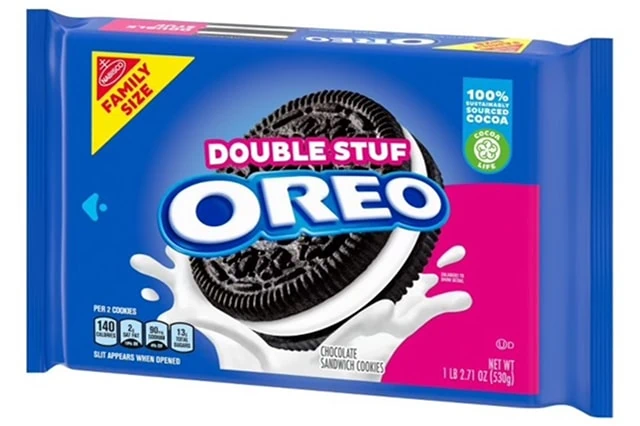
My brother-in-law is a big fan of Oreo torte, so I made him some for his birthday in fall 2022. I went out and bought a 20-ounce package of family-sized Double Stuf Oreo Chocolate Sandwich Cookies.
Fast forward a year, and my BIL was a year older … but the Oreos had gone in reverse.
The family size pack is now just 18.71 ounces. Worse? Not only did the package get smaller, but the price went up, too. In 2022, I paid $4.39 for those Oreos at Target. Now, the smaller family-size package is priced at $5.19.
Related: 20 Junk Fees We Hate Paying [And How to Avoid Them]
10. Candy
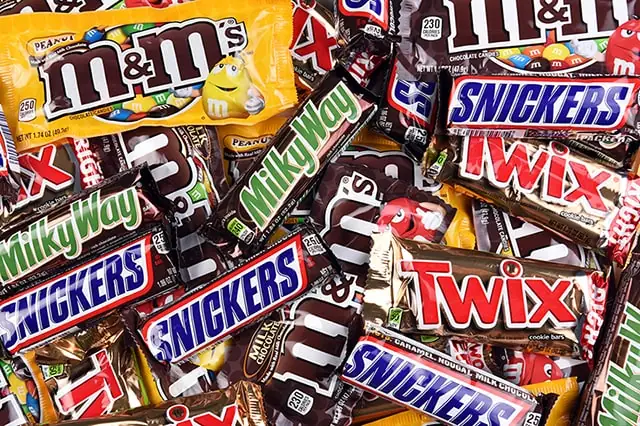
Less candy is better for your health—and that’s one of the main reasons that candymakers have given as to why they’ve shrunk their chocolate bars and other confections for many years.
Since 2017, several major candy producers—including Nestlé, Mars, and Lindt—have been both more transparent about displaying calorie counts, and about finding ways (read: smaller portions) to reduce the number of calories in their treats.
One of the more creative tactics actually came before this collective push—in 2016, Toblerone bars in the U.K. shrank from roughly 14 ounces to 12.7 ounces, but they kept the packaging the same size by enlarging the gaps in between the chocolate bar’s triangles.
2023’s big candy shrinkflation kerfuffle also came from across the pond, where Mars shrank its popular Galaxy bar from 110 grams to 100 grams.
Related: 7 Best Schwab Index Funds for Thrifty Investors
11. Shampoo
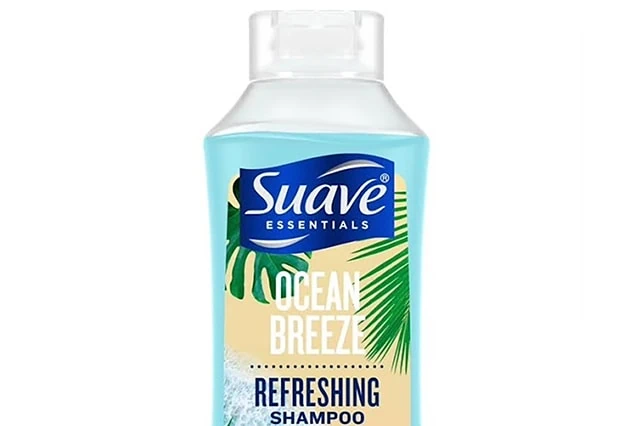
Your shampoo bottle is getting emptier more quickly, too. One of the most drastic shrinkflation examples: A container of Suave shampoo collapsed from 30 ounces to 22.5 ounces, which kind of makes you want to “wash” and “rinse” but skip “repeat.”
Shampoo isn’t the only hygiene product shrinking either—soaps, makeup, lotions, and more are coming in lighter than in previous years.
Related: 9 Best Fidelity Index Funds to Buy
12. Cereal
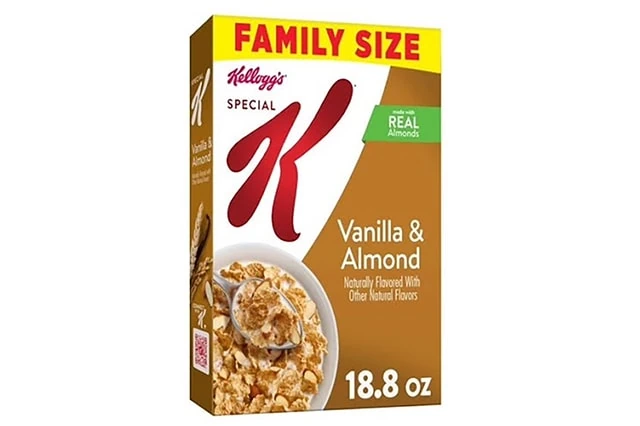
Are families getting smaller? Because “family size” cereal boxes are.
In July 2022, a family size box of Kellogg’s Special K held 18.8 ounces. Fast-forward to today, and the innards have shrunk a bit, to 18.2 ounces. That’s not a huge change, but it’s a change in the wrong direction. (Also, heading in the other direction is price; the box previously priced at $4.29 at Target, and now it’s $5.29!)
This isn’t the only Kellogg’s box that’s wasting away. A “large size” box of Corn Pops has gone from 14.6 ounces to just 13.1 ounces.
Related: 7 High-Quality, High-Yield Dividend Stocks
13. Taco Shells
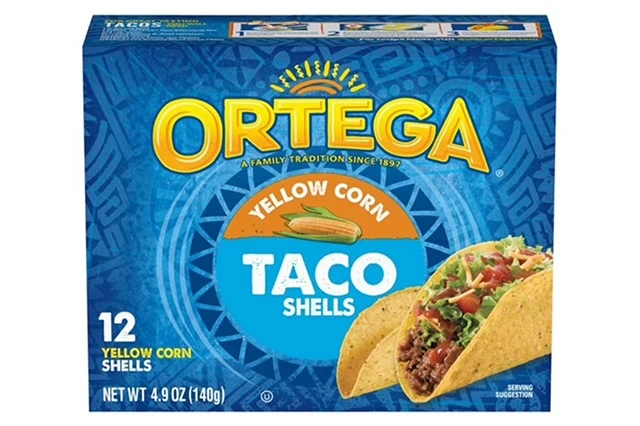
Does Taco Tuesday not leave you satisfied quite the same way it did several years ago?
Well, around the fall of 2022, Ortega gave its taco shell packages a new look—but the box design wasn’t the only change. They also reduced the net product weight from 5.8 ounces to 4.9 ounces.
To be clear: You’re still getting 12 yellow corn shells per package. Which means you’re getting smaller tacos.
Related: 12 Annoying Banking + Credit Card Fees [Can You Avoid Them?]
14. Services

Consumer goods are obviously the main source of shrinkflation—but they’re not the only source. Even some included services are being reined in while costs are holding steady.
A great for-instance: hotel housekeeping. Hotels quickly pared back daily room cleaning amid the COVID-19 outbreak because many guests balked at the idea of a stranger entering their room. Makes sense … but when the worst of the pandemic receded, regular cleaning didn’t snap back. Many hotels still either offer less frequent cleaning during stays, or only offer intra-stay cleaning upon request.
You also see another variation of shrinkflation in hotels: toiletries. Numerous hotel chains have eschewed mini-bottles of shampoo and tiny soap bars, instead opting for large, refillable pump-bottles of body wash and hair-care products bolted to the walls.
Shrinkflation has hit your journey to the hotel, too. Airlines have notoriously pulled back in all sorts of ways, from reducing seat size to eliminating free checked bags.
Related: 10 Best Dividend Stocks to Buy [Steady Eddies]
How to Combat Shrinkflation to Save Money
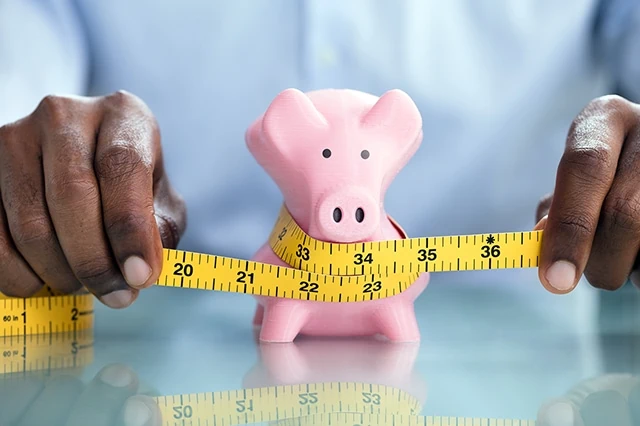
While complaining about shrinkflation might feel cathartic, it doesn’t actually save anyone any money. Fortunately, there are a few ways you can reduce your costs as shrinkflation spreads.
Be Wary of Package Redesigns
Do brands sometimes redesign packages just to give them a fresher look? Absolutely. But sometimes they purposely redesign products when they are making them smaller to make the shrinkage less obvious.
If a brand you buy undergoes a redesign, that’s a great time to check to see whether the amount of product is the same. You probably don’t have product weight memorized, of course, but if you shop on websites or a store app, you can look at past purchases to see whether the amount listed on the old packaging is the same or less.
If you’re getting less, it might be time to consider an alternative.
Price Compare
Your current brand choice might not necessarily be the most affordable option—even if you opt for generic products! Check out price labels to see how many ounces, pounds, milliliters, etc., you’re getting per unit. This is the easiest way to directly compare which product is giving you the better deal.
Interestingly, buying a product in bulk doesn’t always save you money, so it’s worth comparing different sizes of the same product as well.
Switch to Reusables
Toilet paper prices stressing you out? Consider switching to a bidet to reduce how much toilet paper you need to buy. Yes, you might have to pay more upfront, but it should save you money over time.
For less extreme methods, consider that paper towels can be switched out for reusable washcloths, and single-use water bottles can be subbed out for reusable ones. (If you’re worried about water taste, you can even get water bottles with built-in filters.) And in many cases, reusables don’t just save money on groceries—they’re better for the planet, too.
Let Them Know
It doesn’t hurt to reach out directly to your favorite brands when you’ve noticed that either package sizes have declined or prices have risen too much. While all brands aren’t necessarily responsive, some can be … and the more comments they receive, the better.
Related:




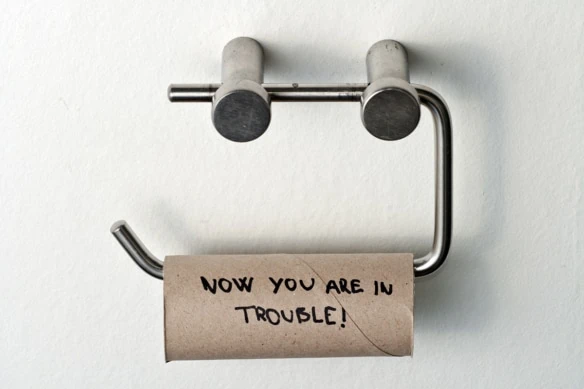


![How to Get Free Money Now [14 Ways to Earn Money Today] 34 how to get free money](https://wealthup.com/wp-content/uploads/how-to-get-free-money-600x403.webp)
